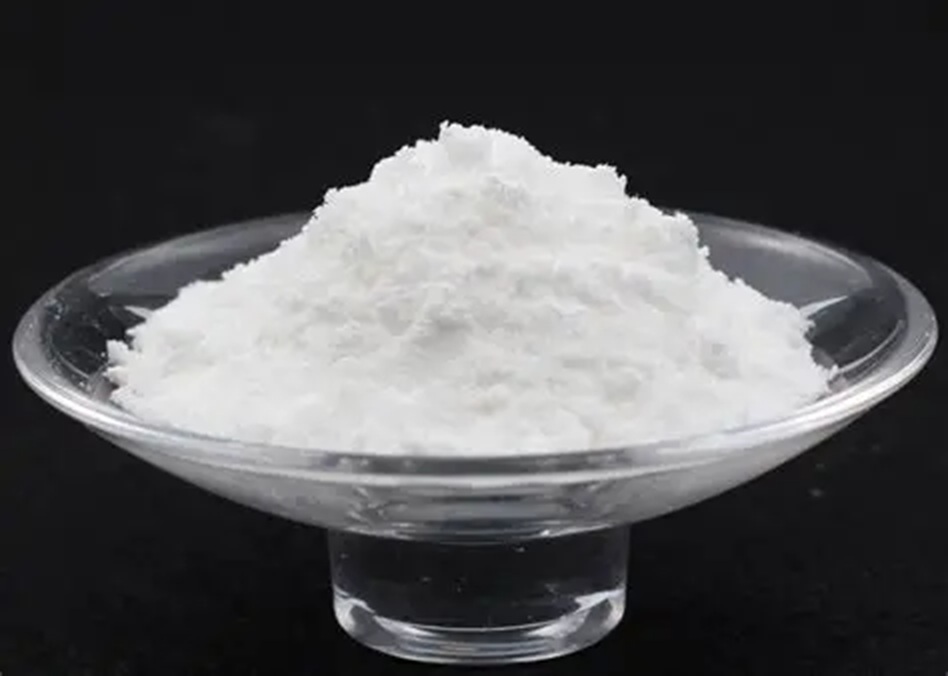We unleash your business potential by maximize the business innovation.
Send EmailCerium Carbonate, Cerium(III) Carbonate, 537-01-9
🧪 CERIUM CARBONATE
1️⃣ Physical and Chemical Properties
-
Chemical Name: Cerium(III) Carbonate
-
Chemical Formula: Ce₂(CO₃)₃
-
CAS Number: 537-01-9
-
EC Number: 208-655-6
-
Molecular Weight: 460.26 g/mol
-
Appearance: White solid powder
-
Melting Point: ~500 °C
-
Solubility: Insoluble in water, soluble in dilute acids
-
Stability: Stable at room temperature
-
pH (suspension): Neutral to slightly basic
-
Hazard Classification: GHS H413 (long-term aquatic hazard)
2️⃣ Detailed Applications
-
Glass polishing: LCD screens, optical lenses, microscope objectives
-
Ceramic pigments: Used as a colorant additive
-
Catalyst precursor: Intermediate for CeO₂ production
-
Laboratory reagent: For rare earth element analysis
-
Nanomaterial synthesis: Starting material for CeO₂ nanoparticles
-
Optical glass additive: Adjusts refractive index
-
Defense industry: Precision polishing in laser optics
3️⃣ Synonyms, CAS, EC, and Codes
| Descriptor | Value |
|---|---|
| CAS Number | 537-01-9 |
| EC Number | 208-655-6 |
| UN Number | 3077 (environmentally hazardous) |
| Customs HS Code | 2846.90.00.00.19 |
| Other Names | Cerium Carbonate, Cerous Carbonate, Dicerium Tricarbonate |
4️⃣ Alternatives / Substitutes
-
Cerium Oxide (CeO₂): Direct alternative in polishing and catalyst applications
-
Cerium Nitrate (Ce(NO₃)₃): Soluble form for CeO₂ production
-
Zirconium Carbonate: Alternative in ceramics and pigments
-
Neodymium Carbonate: Similar function in optics and colorants
5️⃣ Sectoral Compatibility Table
| Sector | Compatibility | Notes |
|---|---|---|
| Glass & Optics | ✅ | Widely used as polishing additive |
| Ceramics | ✅ | Pigment and colorant additive |
| Laboratory & R&D | ✅ | Reagent for rare earth analysis |
| Electronics | ✅ | CeO₂ production and sensor additives |
| Cosmetics | ❌ | Not suitable for direct use |
| Food & Pharma | ❌ | Prohibited due to carbonate content |
6️⃣ Common Names
-
Glass polishing additive
-
White cerium salt
-
Cerium carbonate powder
-
Rare earth carbonate
7️⃣ Production
-
Starting Material: Cerium-rich ores (monazite, bastnäsite)
-
Process: Carbonation → Filtration → Drying
-
Grades Available: Technical and high-purity grades
-
Main Producer Countries: China, India, USA
-
Commercial Purity Grades: 99% to 99.99%
8️⃣ Mandatory Sectors and Processes
-
Glass polishing industry: Required intermediate for CeO₂ production
-
Ceramic pigment manufacturing: Preferred colorant additive
-
Nanomaterial synthesis: Starting material for CeO₂ nanoparticles
-
Defense optics: Used in precision polishing for laser systems
